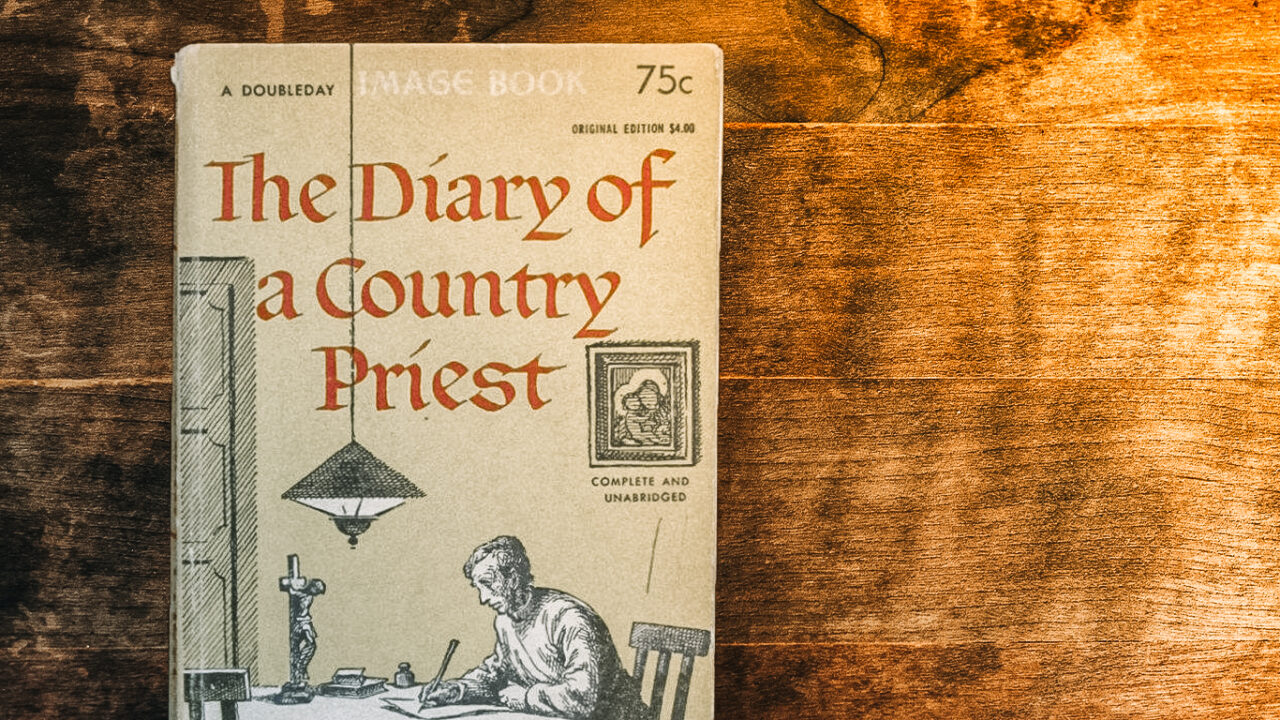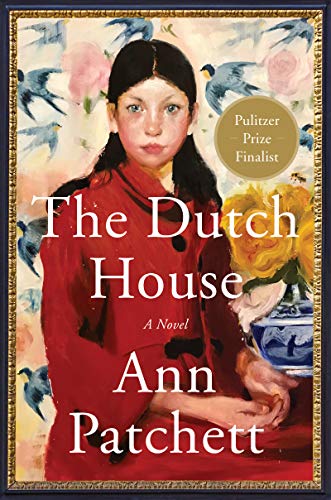Comedian Jim Gaffigan does not shy away from his Catholic faith in his stand-up routines, so it’s no surprise that he has a bit about contemporary indifference toward sainthood. On an intellectual level, Catholics know that we are called to be saints, but Gaffigan jokingly argues that it’s too much to strive for. “No one goes for saint anymore because it’s too hard.” He’s not entirely wrong.
To be sure, striving for sainthood has its repercussions in temporal life. Jesus told his followers they could not serve two masters (Matt. 6:24) and “whoever comes to me and does not hate father and mother, wife and children, brothers and sisters, yes, and even life itself, cannot be my disciple” (Luke 14:26). With admonitions like these, one can see how those without an understanding of God’s ineffable love and mercy might not hesitate to choose worldly comfort over an unseeable, uncertain eternal destiny.
For those who know the unfathomable depths of God’s grace, sainthood is not only a goal, but it must be the only goal. And yet even with the visibility of contemporary beatifications and canonizations—Bl. Carlos Acutis, Bl. Miriam Teresa Demjanovich, and Pope St. John Paul II are among the first to come to mind—many of us still associate the word “saint” with medieval figures, haloed and robed women, or knights wielding swords amongst dragons. Is it so hard to believe that saints walk among us today?
Turning to Art
The answer depends on what we understand a saint to be. On the Feast of All Saints, my parish priest described a saint as someone who allows Christ to live in and through him or her. This is simple and profound, and turns our attention to what a modern saint-in-the-making looks like on a day-to-day basis.
Two widely acclaimed novels published eighty-three years apart take up this question with differing but illuminating results. Studying the approaches of Georges Bernanos’ The Diary of a Country Priest (recipient of the Grand Prix du roman de l’Académie française and lauded by USA Today as the “Best Spiritual Book of the 20th Century”) and Ann Patchett’s The Dutch House (finalist for the 2020 Pulitzer Prize for Fiction, New York Times Bestseller, and one of TIME Magazine’s 100 Must-Read Books of 2019) allows us views into fictional, potentially attainable, contemporary sainthood.
The Life of a Curé
The curé d’Ambricourt, protagonist of The Diary of a Country Priest, is never referred to by a Christian name. The reader can refer to the priest only in relation to the parish that he serves, a parish he is convinced is in serious peril due to the boredom that permeates its population. The curé spends a great deal of time visiting his parishioners, implicitly honoring the unique dignity of each person, even as his already poor health declines.

Our priest is a humble man, often doubtful of his own abilities, uncertain why he’s bothering to keep a journal at all. But as he writes—even as he strikes lines through and tears out pages—we see a man of intense and authentic love for God and, so, love for his neighbor. He thinks little of himself because he is so conscious of the graces, the mercy, the love of God that nearly everyone else around him regularly neglects.
His surrender to the Lord attracts more and more people to him as the narrative progresses. His humility enables him to receive the pain of those he encounters and to suffer alongside them, much as Christ does. Reflecting on his priesthood, the curé writes, “I am never to be torn from that eternal place chosen for me—that I remain the prisoner of His Agony in the Garden. Who would dare take such an honor upon himself?”
The curé periodically receives letters summoning him to an old friend from the seminary, a man whom the curé understands has left the priesthood in order to live with a woman. The curé stalls on the invitation, but is eventually led to make the journey. It is here that the curé dies, succumbing to the cancer that has been eating him away from the inside.

For all the curé’s love and care for his parish, why does Bernanos choose to have his protagonist enter into eternal life elsewhere?
Hans Urs von Balthasar writes that Bernanos
[understood] that the death agony is an act of love. In a totally new way, a character’s death now becomes for Bernanos the writer the touchstone of his life. Whoever has exercised love, whoever has made a habit of throwing open his arms—this person will know how to die. But whoever has striven to bring the world’s injustice to its knees—this person will die in despair. And many a person who has consecrated his life to God will have a more laborious death than could have been foreseen.
The curé reaches a point of spiritual maturity that allows him to hear the Lord’s call clearly and recognize those most in need of grace. The first line of the novel reads, “Mine is a parish like all the rest. They’re all alike. Those of to-day I mean.” The curé’s priesthood ultimately reaches beyond his parish limits; he is as much a spiritual father to the reader as he is to the peasants and the wealthy folk he ministers to in the course of his earthly work. I would argue that this is, indeed, saintly.
She’s a Saint . . . Or Is She?
To consider The Dutch House in comparison with The Diary of a Country Priest, we cannot neglect to acknowledge the near-century’s difference in publication dates as well as the spectrum of religious intent the authors represent. We ought also to consider the book’s reception. If you were to read the jacket flap description of The Dutch House, the Wikipedia page for the novel, or reviews at The Guardian or NPR, you wouldn’t see the word “saint” mentioned in analysis (apart from nods to one of Patchett’s earlier novels, The Patron Saint of Liars). In an interview with Time, Patchett described The Dutch House as a book “about wealth and poverty, and the sort of whiplash of going back and forth between those two states.” Then why am I convinced this book ought to be examined alongside Bernanos’ novel, which is commonly accepted as a spiritual masterpiece?

Like many of Patchett’s novels, The Dutch House is a family drama, chronicling the fallout of a family’s losses and broken relationships. Of particular interest is Elna, the narrator’s mother, who left her family when her two children were relatively young to care for the poor in other cities and even countries around the world. She returns at a critical moment, once the children are fully grown. Her daughter, Maeve, is able to forgive her absence; for the narrator, Danny, mercy is more of a struggle.
In a scene near the end of the novel, Danny discusses his family’s past with Sandy, one of the two hired hands who cared for him as he came of age and who currently lives with Elna. Mentally, Danny first recalls Jocelyn, dead now two years, who “had never forgiven my mother, though she was nicer about it than I was. ‘She left us there to raise you but you couldn’t be ours,’ she said to me once. ‘How am I supposed to forgive a thing like that?’” Sandy, seated in the present at the table with Danny, advises him not to “be so hard on your mother.” To Sandy, Elna is a saint.
Danny disagrees, but Sandy continues: “I think it’s hard for people like us to understand. To tell you the truth, it’s unbearable sometimes, at least it is for me. I just want her to be one of us. But when you think about the saints, I don’t imagine any of them made their families happy.” This, at least, Danny can concede.
To love Christ more does not mean loving the people around you less.
Now that “saint” is on the table, the reader must consider whether Elna’s explanation that her children had all they needed with their father, their house, and the help was enough to justify her spending decades serving elsewhere. Is this what it means for one to hate one’s spouse and children, and so be Christ’s disciple?
Of course not. To love Christ more does not mean loving the people around you less. The narrative does not explore Elna’s discernment process outside of her son’s secondhand perception of it, so it is difficult to make a call. But as far as the reader is able to see, Elna’s life stands in contrast to that of the curé, whose love for the Lord reached out, attracted sinners, urged confession, and offered solace. She did good where she went, yes. But it is difficult to say whether she went where the Lord called her to go.
Judgment Call
Both the curé and Elna are misunderstood. Both confuse and frustrate the people who live beside them, ostensibly to serve a greater mission. The deep interior perspective we’re allowed into the curé is more telling than the outside point of view we’re afforded to understand Elna, and this too, suggests the depth of the one over the other.
We cannot be sure what Bernanos might have said about Elna’s character. She does seem to fall into the category of those that Balthasar said “[have] striven to bring the world’s injustice to its knees”—without being in true communion with Christ—and so “will die in despair.”
Any novel worth its salt asks more questions than it provides answers. With these two set side by side, we are left with this: Have I “made a habit of throwing open [my] arms” in love? In this, we can learn how to die, learn how to live, and, to use Gaffigan’s line, to “go for saint.”
